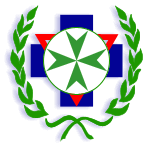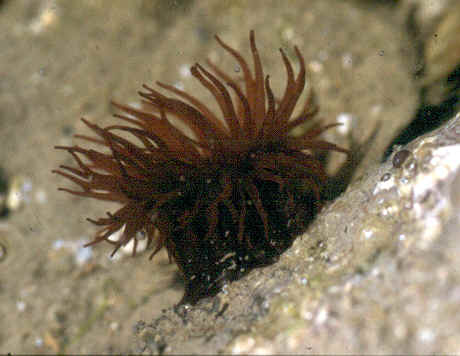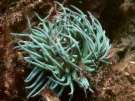|
|
|
|||||||||||||||||||
|
|
Animal-related
Injuries relevant to the Maltese Islands - Marine Coelenterata The Coelenterates [phylum
Cnidaria and Ctenophora] include many of the
most beautiful and interesting, but also a few of the most dangerous
inhabitants of the sea. Systematically they stand immediately above the
sponges. The Cnidaria live
singly or form colonies.
The animals are usually symmetrical, their symmetry being usually radial, and their body is cup- or bell-shaped, with a crown of tentacles bearing stinging cells or nematocytes. As predators, they are designed to catch their prey, using their cnidoblasts, which are tiny blisters from each of which projects a hair-like trigger, the cnidocil. When these are touched, the capsule opens and this allows a rolled-up tubular thread to be shot out. There are three types of threads: volvents - long threads which ensnare the prey; glutinants - sticky threads to hold prey fast; and penetrants - tubular threads which have spines at the base or all along them which penetrate the skin of the prey or attacker and secrete a paralyzing and stinging substance (hypnotoxin). Capsules of all three types are commonly distributed over the whole body surface of these animals. They are always present on the tentacles, and there they are often massed in dense groups. They can only be used once, and then they have to be replaced. There are more than 9000 known species in the three classes of Hydrozoa, Scyphozoa and Anthozoa (hydroids, jelly-fish and sea-anemones). The phylum Ctenophora contains about 100 species of mainly pelagic marine animals. There are two main categories: those with tentacles (Tenticulata) having two main tentacles, and those without (Nuda). The main caching threads of the tentacles, together with variously formed subsidiary threads and colloblasts, can be retracted into pockets. Common species in Maltese waters include: Pelagia noctiluca; Anemonia viridis; and Actina equina. However other species, e.g. Physalia physalis or Portuguese man-o'-war, are also encountered with in the
Stings from a coelenterate cause severe burning pain and a red welt - or a row of lesions - at the site of the sting. The initial lesions appear as small papular eruptions in one or several discontinuous lines, at times surrounded by an erythematous zone. The papules develop rapidly and the area becomes red and raised. Pain may be severe and itching is common. The papules may vesiculate and proceed to pustulation and desquamation, possibly leaving permanent scars. Some victims also suffer systemic manifestations including weakness, headache, nausea & vomiting, muscle cramps & pain, lacrimation & nasal discharge, increased perspiration, tachycardia, diarrhea, convulsions and breathing problems. In the water, the initial shock of the sting may cause a swimmer to jerk away, which stimulates the tentacles to release more poison. On shore, more poison is released if the victim tries to rip off the sticky threads. One or two weeks after the sting, the victim may experience a recurrence of the lesion at the site, which can be treated with antihistaminics. In Malta, it is not particularly important to identify the type of coelenterate. Treatment:
The following emergency management procedure is recommended:-
|
|||||||||||||||||||
|
|











